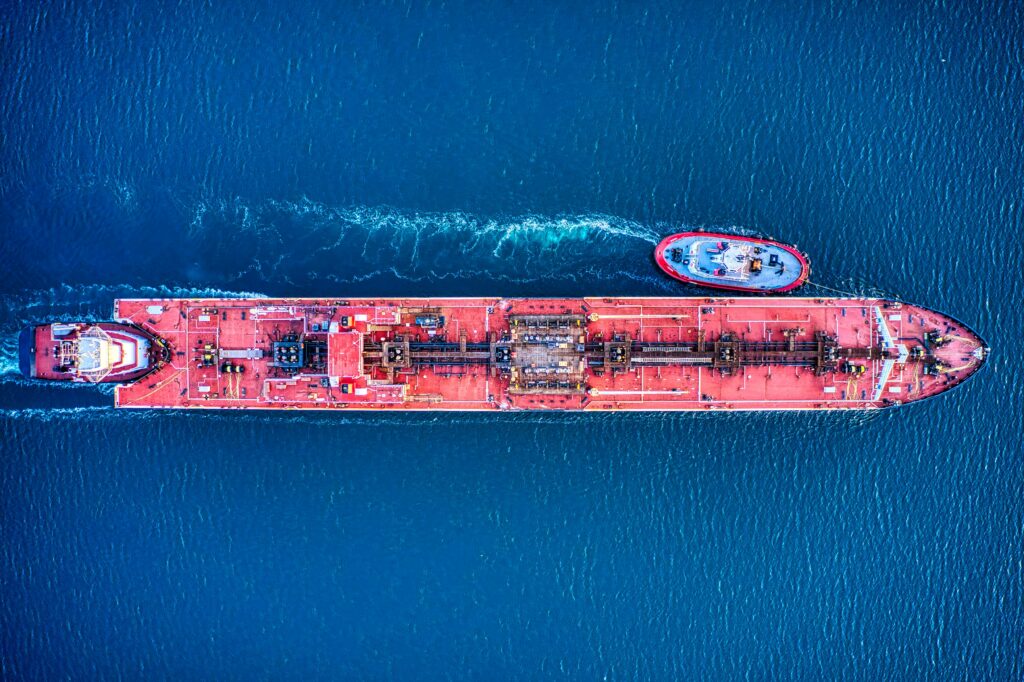European LNG demand decline: With European gas demand at its lowest in 11 years, imports of liquefied natural gas (LNG) into the EU dropped by 16% last year compared to 2023. This decline raises questions about Europe’s energy policies and the need for more LNG terminals. The shift has economic and political consequences as European nations reconsider their energy strategies.
Since Russia invaded Ukraine in 2022, the supply of pipeline gas from Russia to Europe has decreased. In response, the EU increased LNG imports, mostly from the United States. However, it continued to buy LNG from Russia. A report from the Institute for Energy Economics and Financial Analysis (IEEFA) found that European regasification terminals operated at only 42% capacity on average. Some terminals were barely used at all.
Since early 2022, the EU has expanded LNG import capacity by 50 billion cubic meters of gas per year. New infrastructure has been built in Germany, the Netherlands, Italy, France, and Finland. However, if demand remains low, total capacity could be used at just 30% by 2030. Ana Maria Jaller-Makarewicz, IEEFA’s lead energy analyst for Europe, warned that building more LNG infrastructure without proper demand projections could result in wasted investments.
EU Struggles Between Trade and Energy Policy
The EU aims to stop importing fossil fuels by 2027, yet it continues to buy large amounts of Russian LNG. The European Commission is expected to release a plan on March 26 to outline how these imports can be phased out.
Meanwhile, the EU is facing trade pressure from the United States. President Donald Trump has threatened tariffs on European goods if LNG imports from the US do not increase. To prevent this, EU trade chief Maroš Šefčovič will travel to Washington on February 19. He will meet top US officials, including Trade Representative Jamieson Greer, Commerce Secretary Howard Lutnick, and Chief Economic Adviser Kevin Hassett. The EU has not disclosed specific details of the discussions, but it has stressed that tariffs would harm both sides and should be avoided.
Reviewing Russian LNG Imports – European LNG demand decline
Anna-Kaisa Itkonen, the EU Commission’s energy spokesperson, said that LNG is a major topic in EU-US negotiations. In 2023, the EU imported 63 billion cubic meters of LNG from the US, which accounted for 46% of its total LNG supply. At the same time, LNG imports from Russia increased by 18%, reaching nearly 22 billion cubic meters.
According to IEEFA, one-third of Russian LNG imports into the EU in 2024 were short-term trades rather than long-term contracts. Jaller-Makarewicz suggested that EU nations should stop these short-term purchases as they can be phased out more easily.
Brussels has been hesitant to impose full sanctions on Russian gas but is closely watching gas consumption levels. February 24 marks three years since the start of the war in Ukraine. Since then, a combination of lower demand and an increase in renewable energy has reduced EU gas use by around 20%.
The shift away from Russian gas has been gradual. Countries such as Germany and the Netherlands have pushed for alternatives, including hydrogen and increased wind and solar energy production. France and Spain have focused on nuclear power as a more stable energy source. Finland has taken steps to secure energy independence by investing in local infrastructure and importing more from Norway.
Despite falling demand, energy security remains a top concern. European leaders must decide whether to continue expanding LNG infrastructure or focus on alternative energy sources. The European Commission’s upcoming strategy report is expected to provide further direction on this issue.
For more on this story, visit Euro News 24.
